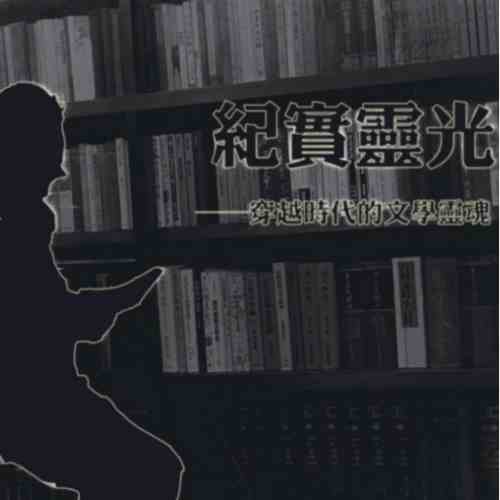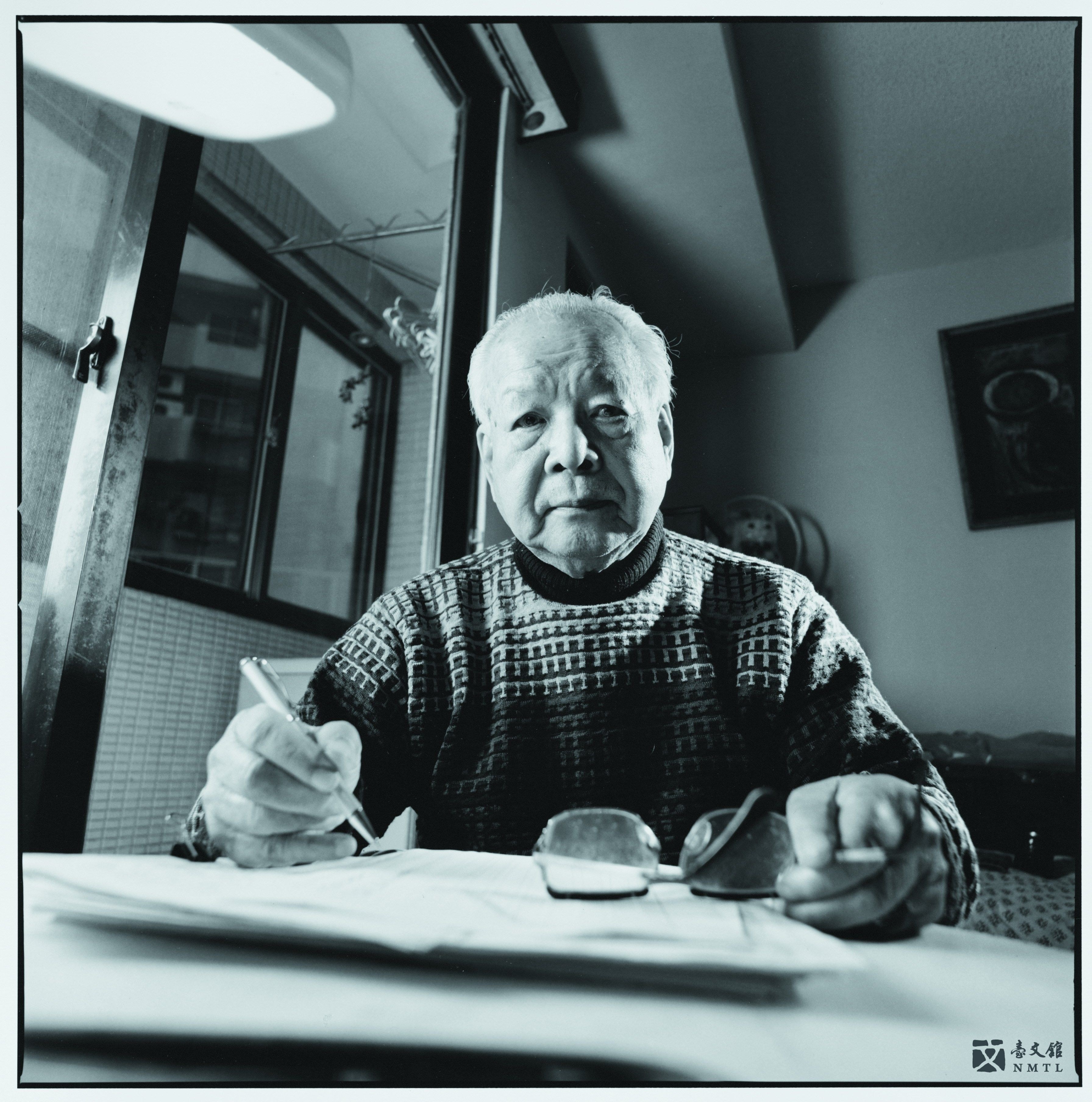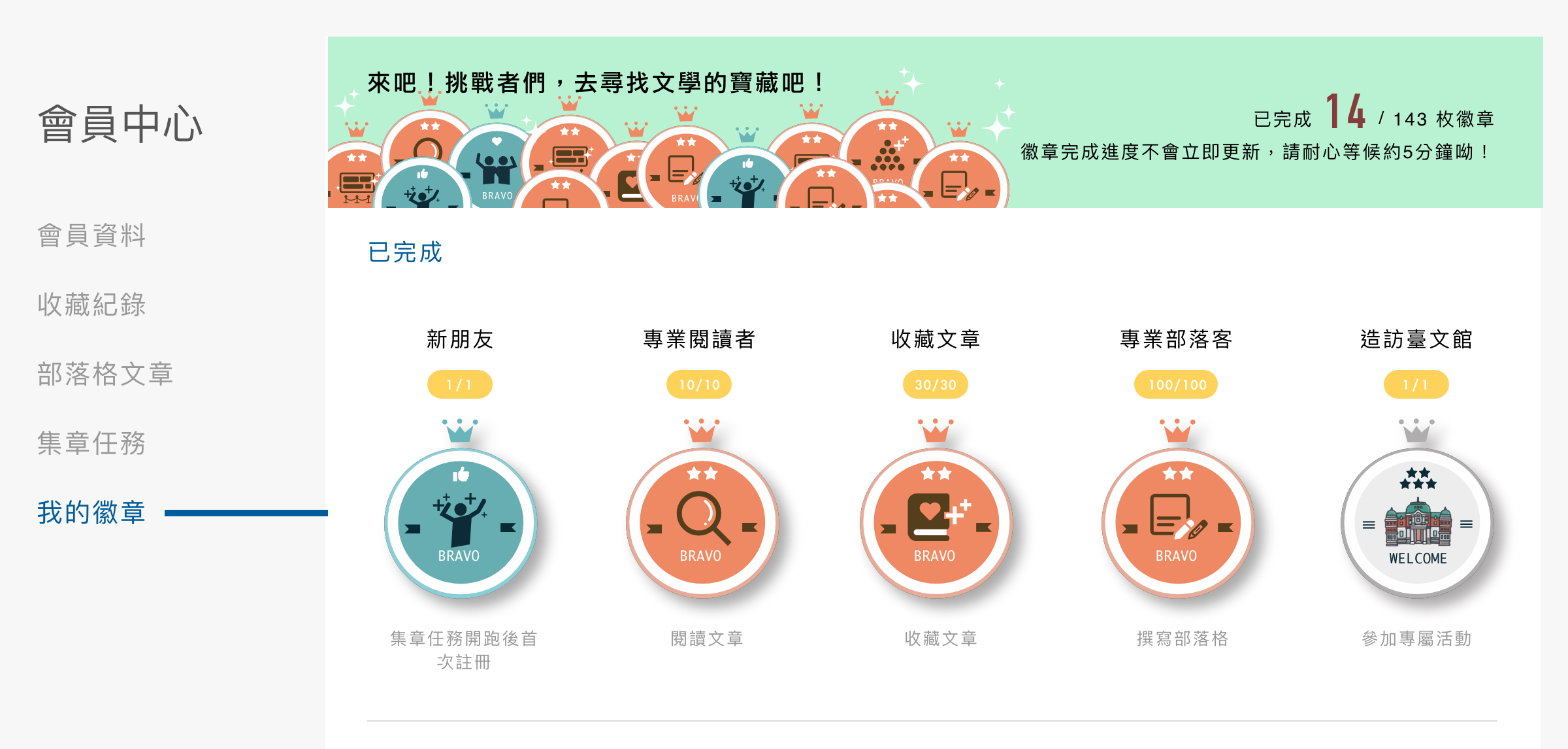A chrysanthemum is a chrysanthemum. A cherry blossom is a flower. A peony is not a flower after all! Only imperial soldiers may shout “long live his majesty the emperor” and die, and only imperial subjects may sacrifice their lives for the country. People- aren’t we islanders people of the emperor? Aren’t we humans after all?
——Chen Huo-chuan, The Way of…
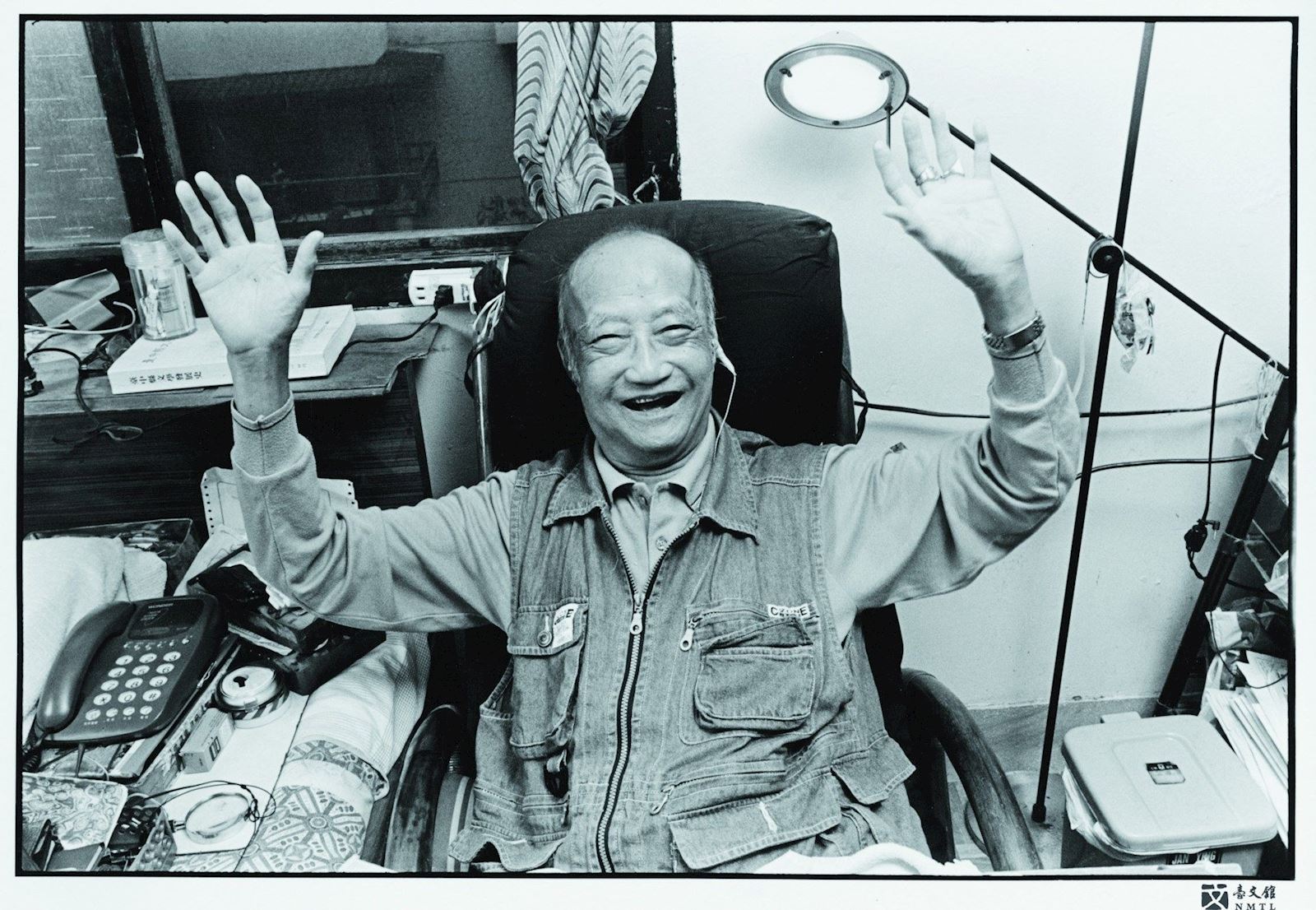
▒ Chen Huo-chuan ▒
Photographed in June 1998 at Chen’s residence in Gongguan, Taipei. With a smile on his face, Chen raised his hands.(Provided by Lin Po-Liang)
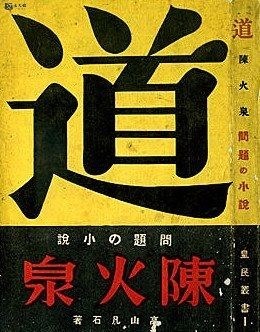
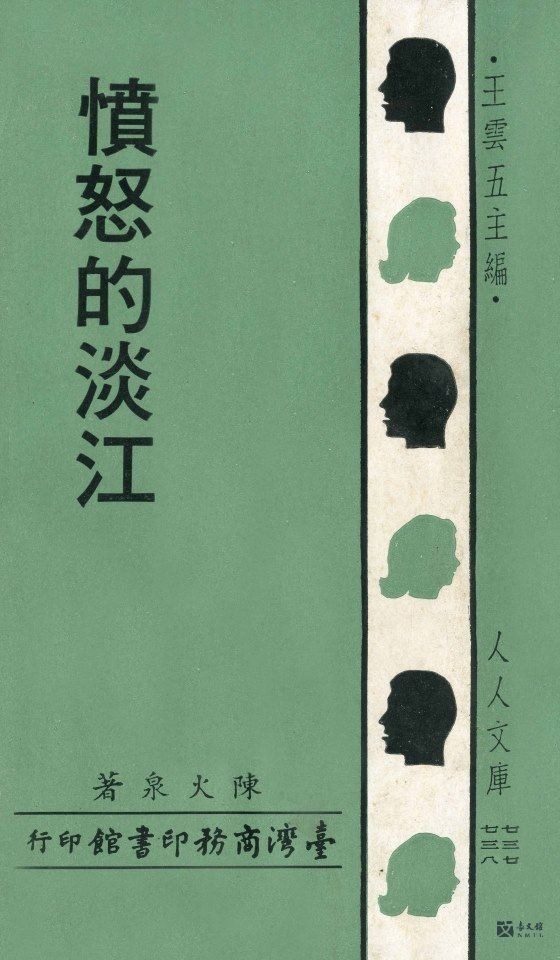
📖 “The Way of…” & “Angry Tangchiang”
Introduction
Chen Huo-chuan (1908-1999), born in Lugang, Changhua County, wrote under a few pennames such as Gaoshan Fanshi, Qingnan Jushi, Gaoshan Qingnan, Qingnan Shanren, and Gengpei. In 1920, Chen was admitted to Lugang Second Public Primary School. In 1925, he was admitted to the Department of Applied Science, Taipei Industrial School. After graduation, Chen became a technician of Taiwan Camphor Corporation. In 1934, Chen transferred to the Monopoly Bureau of the Governor- General Office as a technician and a leader of camphor affairs. In 1943, he joined Arts and Cultural Taiwan, a magazine, as a staff member. After the war, Chen served the Taiwan Provincial Government as a Camphor Bureau engineer and a Forestry Bureau technical specialist.
Having received Japanese education, Chen started to study the Han language after the war. He attended writing classes at Chung Hua Arts and Culture Correspondence School and Chinese Writer's & Artist's Association. In the mid-1950s, he started to write in Chinese, and participated in Correspondence for Friends of Literature, a journal, whose members also included writers Chung Chao-cheng, Chung Li-ho, Li Jung-chun, and Shih Tsui-feng, among others. Chen mostly wrote novels and essays. While during the Japanese Rule he also composed Haiku and Tanka, after the war, the writer focused on prose. Throughout his life, Chen completed 20 to 30 novels, a few broadcasting and TV drama scripts, and two unpublished modern Chinese drama scripts.
Among his well-known novels are: “Mr. Chang,” “Gentle Revolts,” “Story of Feet,” and “Angry Tangchiang.” His essays include A Long Road to Life and Fountain of Youth which are parts of his Three Books of Life.
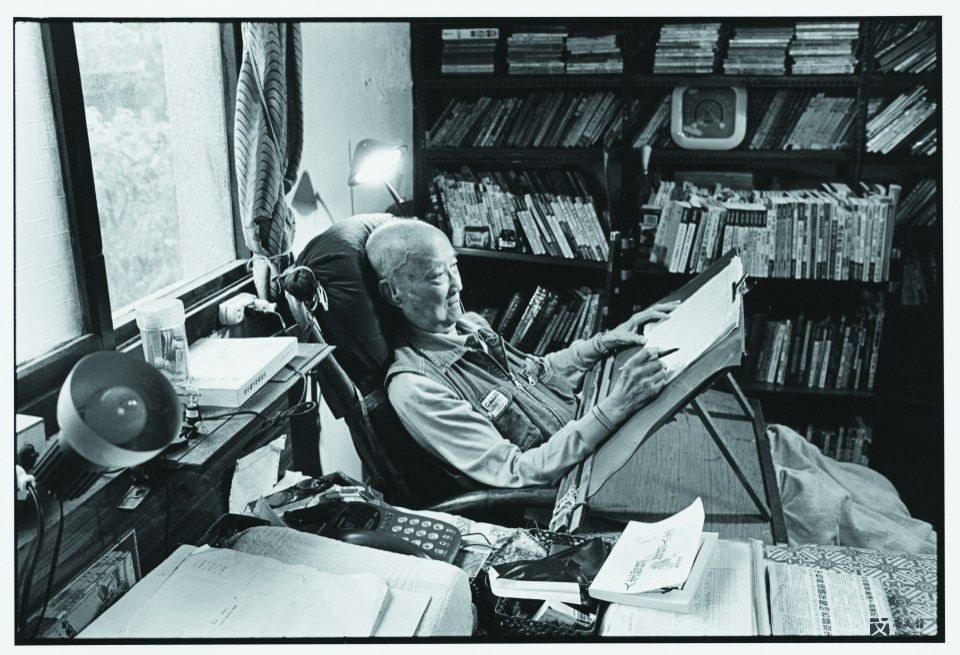
Chen Huo-chuan
Photographed in June 1998 at Chen’s residence in Gongguan, Taipei. Chen Huo-chuan wrote in bed.(Provided by Lin Po-Liang)
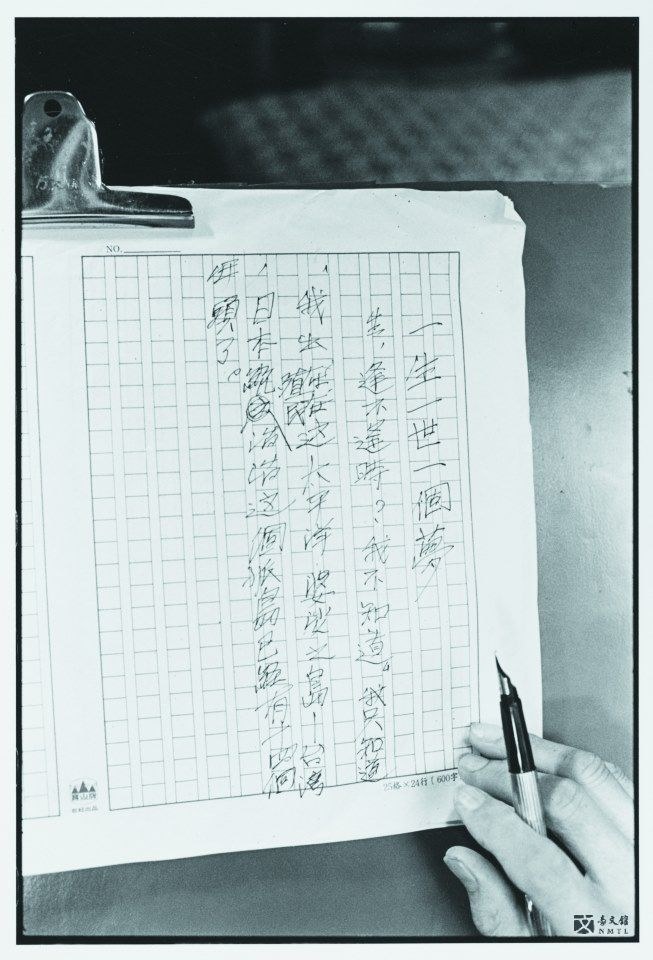
Close up of Chen Huo-chuan’s handwritings and his hand.
Photographed in June 1998 at Chen’s residence in Gongguan, Taipei. A close-up of the handwritings of “One Life, One Dream” and the writer’s hand.(Provided by Lin Po-Liang)
Manuscript
.jpg)
► Birthday Remarks - Writer Born in August: Chen Huo-chuan
Birthday remarks by Chen Huo-chuan.(Donated by the family of Chen Huo-chuan / Collected by National Museum of Taiwan Literature)
.jpg)
.jpg)
.jpg)
.jpg)
.jpg)
► “Benevolence and Righteousness of Mountains” / “A Continued Chapter of the Way” / Ko-min Literature
This is an advertisement of “White Schemes.” Using Gaoshan Fanshi as a penname, Chen released “Benevolence and Righteousness of Mountains,” also entitled as “Waters & High Mountains” and “Sounds of Mountains; Camphor Workers.” (Donated by the family of Chen Huo-chuan / Collected by National Museum of Taiwan Literature)
